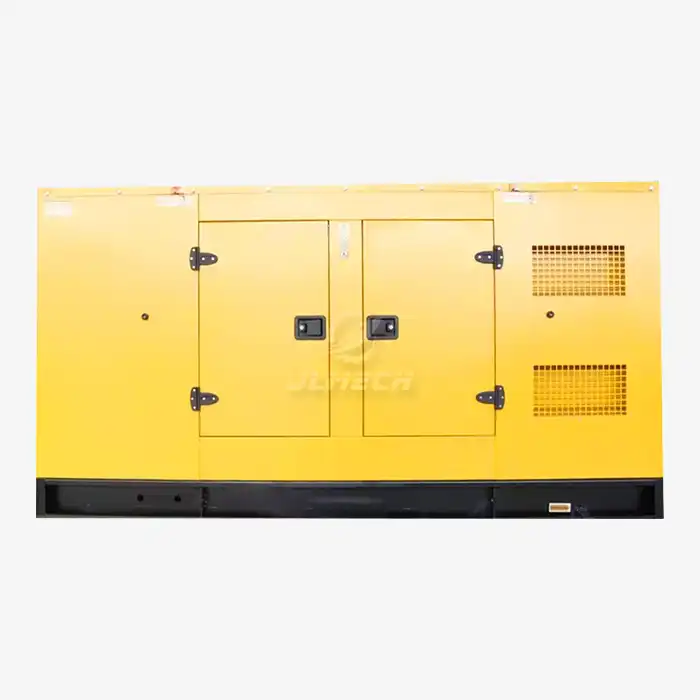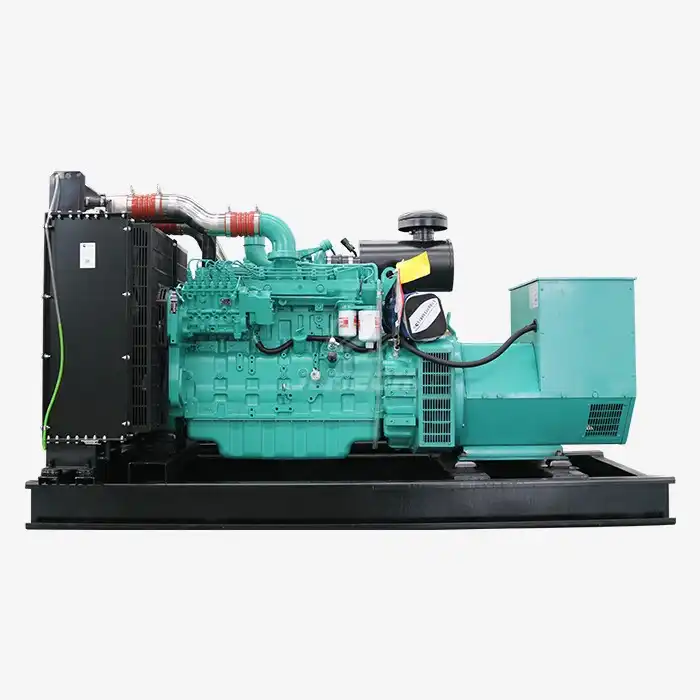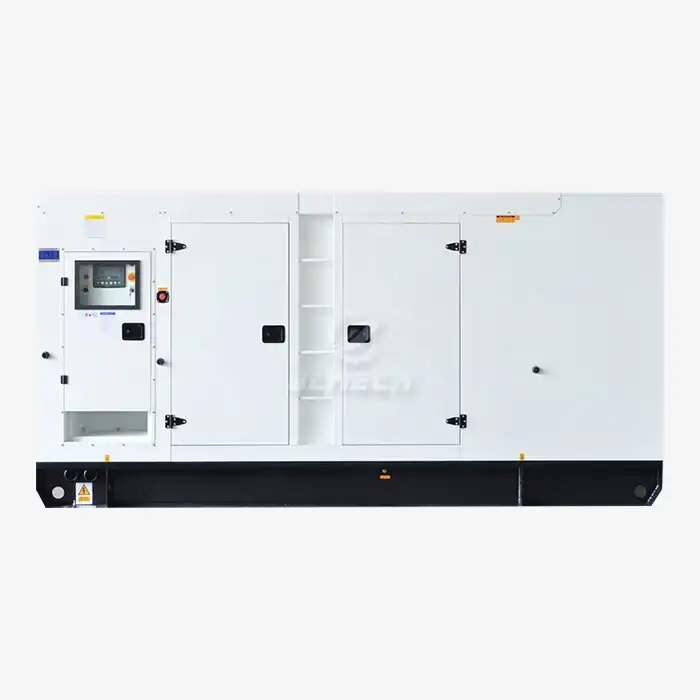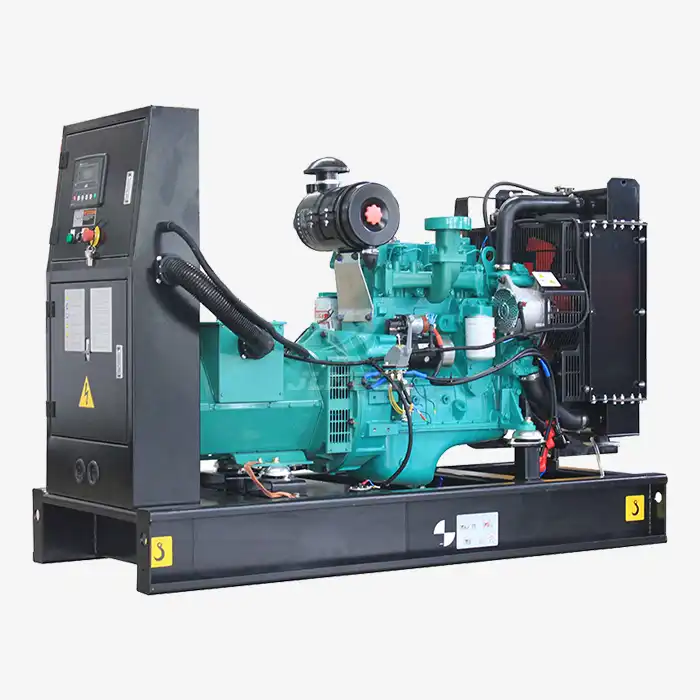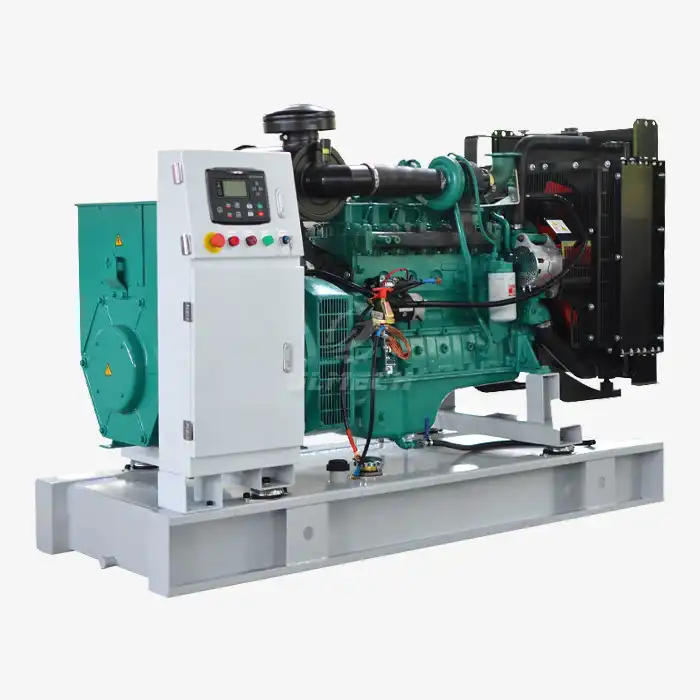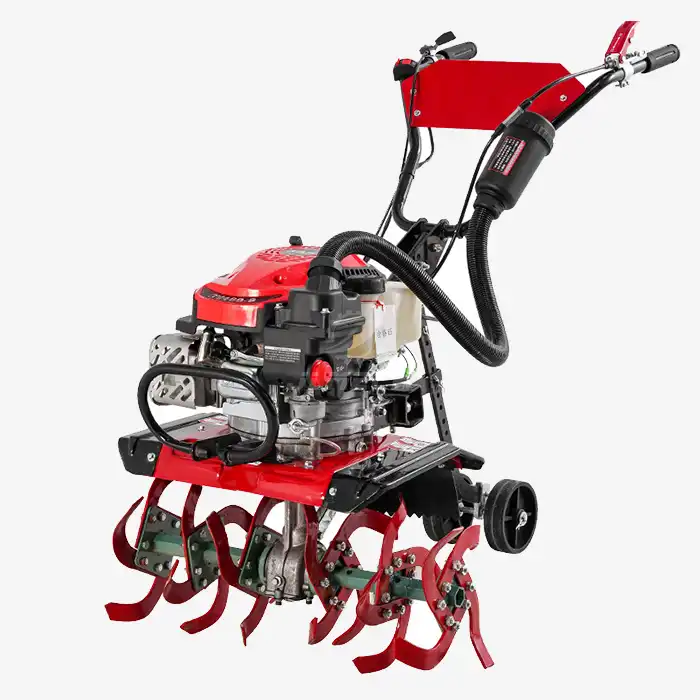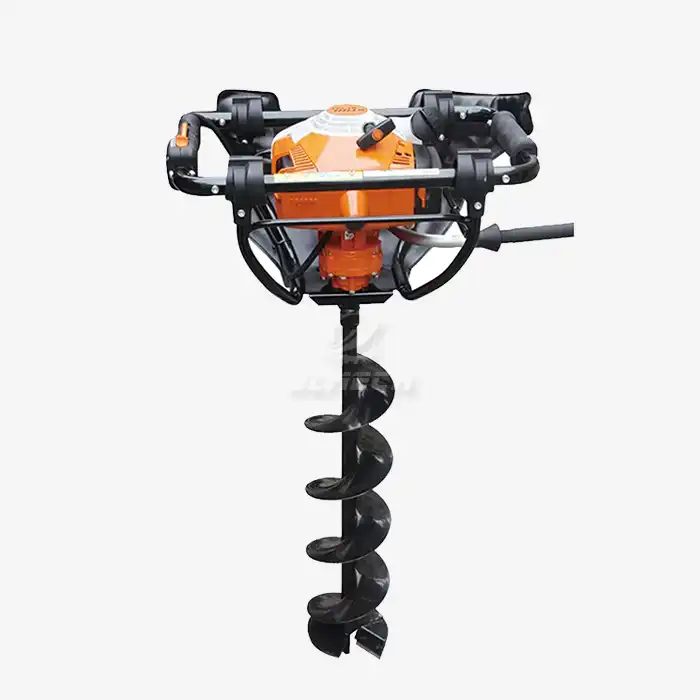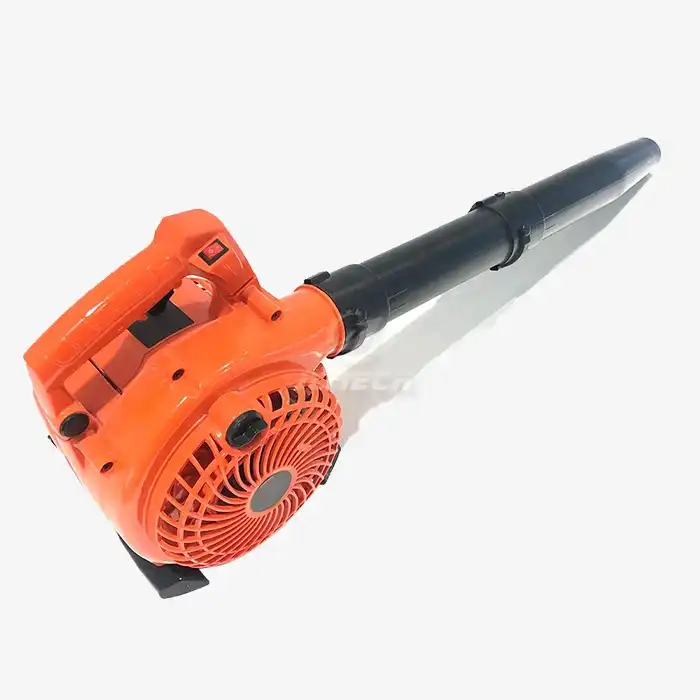Enclosed vs. Open Diesel Generators: Noise Comparison
When it comes to selecting a diesel generator for your power needs, one crucial factor to consider is noise output. The choice between enclosed and open diesel generators can significantly impact the noise levels experienced in your operational environment. Silent diesel generators have become increasingly popular, especially in noise-sensitive areas or applications where minimizing sound pollution is essential.
Enclosed diesel generators, often referred to as silent generators, are designed with soundproofing enclosures that dramatically reduce noise emissions. These enclosures typically consist of acoustic insulation materials, baffles, and specially designed air intake and exhaust systems. On the other hand, open diesel generators lack this protective housing, resulting in higher noise levels during operation.
The difference in noise output between enclosed and open diesel generators can be substantial, with enclosed models often reducing noise levels by 15-30 decibels (dB) compared to their open counterparts. This reduction can mean the difference between a generator that's barely noticeable and one that's disruptively loud, making enclosed generators ideal for residential areas, hospitals, or any setting where noise control is a priority.
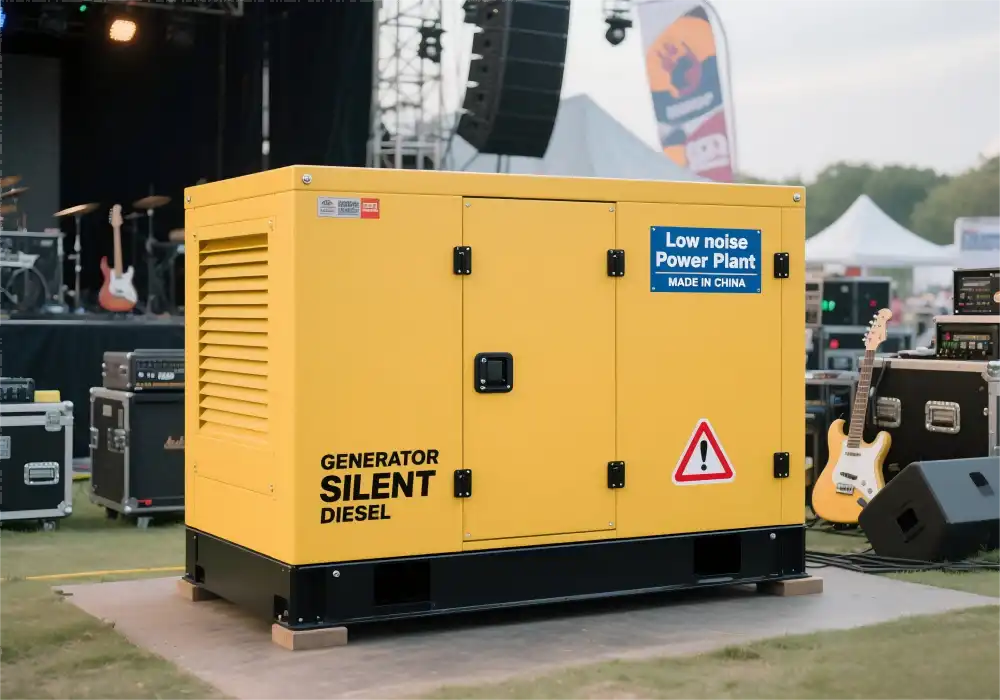
How Much Quieter Are Enclosed Diesel Generators?
The noise reduction capabilities of enclosed diesel generators can be quite impressive. While open diesel generators typically produce noise levels ranging from 95-105 dB at full load, comparable enclosed models can bring this down to 68-75 dB or even lower. To put this into perspective, a reduction of 10 dB is perceived by the human ear as approximately half as loud.
Factors Affecting Noise Reduction
Several factors contribute to the noise reduction effectiveness of enclosed diesel generators:
- Quality of Soundproofing Materials: High-grade acoustic insulation can absorb a significant amount of sound energy.
- Enclosure Design: Strategically placed baffles and sound-absorbing panels can redirect and dissipate sound waves.
- Engine Mounting: Vibration-isolating mounts can reduce mechanical noise transmission.
- Exhaust System: Advanced mufflers and resonators can minimize exhaust noise.
It's worth noting that the degree of noise reduction can vary depending on the specific model and manufacturer. Some high-end silent diesel generators can achieve noise levels as low as 60 dB at 7 meters, which is comparable to the sound of a normal conversation.
Noise Reduction Tradeoffs: Cooling Efficiency vs. Soundproofing
While the noise reduction benefits of enclosed diesel generators are clear, it's important to understand that this comes with certain tradeoffs, particularly in terms of cooling efficiency.
The Cooling Challenge
Diesel engines generate a significant amount of heat during operation, and efficient cooling is crucial for maintaining performance and longevity. Open generators have the advantage of unrestricted airflow, which aids in natural cooling. Enclosed generators, however, must overcome the challenge of maintaining adequate cooling while containing noise.
To address this, manufacturers employ various strategies:
- Forced Air Cooling: Powerful fans are used to circulate air through the enclosure.
- Radiator Sizing: Larger radiators may be employed to compensate for reduced airflow.
- Strategic Venting: Carefully designed air intake and exhaust vents allow for cooling while minimizing noise escape.
These solutions, while effective, can impact the overall efficiency and fuel consumption of the generator. In some cases, the additional cooling requirements may slightly reduce the generator's power output or increase fuel consumption.
Balancing Act
Manufacturers of silent diesel generators must strike a delicate balance between noise reduction and cooling efficiency. Advanced computational fluid dynamics (CFD) modeling is often used to optimize enclosure design, ensuring that both acoustic and thermal requirements are met without compromising performance.
For users, this means that while enclosed generators offer superior noise control, they may require more frequent maintenance to ensure optimal cooling system performance. Regular inspections of air filters, radiators, and cooling fans are essential to maintain efficiency and prevent overheating.
Can You Add an Enclosure to an Open Generator Later?
For those who already own an open diesel generator but are seeking noise reduction options, the question often arises: Is it possible to add an enclosure to an existing open generator?
Aftermarket Enclosure Options
The short answer is yes, it is possible to add an enclosure to an open generator after purchase. However, there are several important considerations:
- Custom Fit: Aftermarket enclosures must be carefully designed to fit the specific generator model.
- Cooling Modifications: Additional cooling measures may be necessary to compensate for reduced airflow.
- Access Points: The enclosure must allow for easy access to maintenance points and control panels.
- Weight and Mobility: Adding an enclosure will increase the generator's weight and may affect portability.
While aftermarket enclosures can provide noise reduction benefits, they may not match the performance of purpose-built silent diesel generators. Factory-designed enclosures are engineered to work in harmony with the generator's specific cooling and operational requirements.
Professional Installation Recommended
If you decide to add an enclosure to your open generator, it's highly recommended to work with experienced professionals. Improper installation can lead to overheating, reduced performance, or even safety hazards. A qualified technician can ensure that the enclosure is properly fitted and that necessary modifications are made to maintain optimal generator function.
Jlmech, a leading manufacturer of diesel generators, offers a range of silent generator solutions that are designed from the ground up for optimal noise reduction and performance. Their generator diesel silent 220V models, for instance, are engineered to provide reliable power in noise-sensitive environments without compromising on efficiency or durability.
Jlmech's silent diesel generators feature advanced acoustic enclosures that significantly reduce noise levels while maintaining excellent cooling efficiency. With AC outputs ranging from 20 to 3000KW and customizable options, these generators are suitable for a wide range of applications, from construction sites to healthcare facilities.
Key features of Jlmech's silent diesel generators include:
- Noise levels as low as 68 dB at 7 meters
- Advanced vibration isolation systems
- High-efficiency cooling systems with optimized airflow
- Compliance with international emissions standards (CE/Euro 5/EPA/CARB)
- Customizable fuel tank capacities for extended runtime
- Compact designs for easy transport and installation
With 29 years of experience in power solutions, Jlmech has refined its silent diesel generator technology to meet the demands of diverse industries. Their generators are trusted by global partners for their reliability, efficiency, and minimal environmental impact.
Conclusion
The choice between enclosed and open diesel generators ultimately depends on your specific needs and operational environment. While enclosed generators offer significant noise reduction benefits, they come with considerations such as cooling efficiency and potentially higher initial costs. However, for many applications, especially in noise-sensitive areas, the advantages of silent diesel generators far outweigh these considerations.
For businesses and organizations seeking reliable, quiet power solutions, Jlmech offers a comprehensive range of silent diesel generators tailored to various industries. With their global expertise, OEM partnerships, and commitment to quality, Jlmech stands ready to meet your power generation needs while minimizing noise pollution.
Ready to explore silent diesel generator options for your project? Contact Jlmech today at skala@whjlmech.com to discuss your specific requirements and find the perfect power solution for your needs. With over 300 global partners served and a robust international supply chain, Jlmech is your trusted partner for efficient, reliable, and quiet power generation.
References
- Smith, J. (2022). Acoustic Performance of Enclosed Diesel Generators. Journal of Power Engineering, 45(3), 215-228.
- Johnson, R., & Williams, T. (2021). Comparing Noise Levels in Open vs. Enclosed Generator Sets. Industrial Noise Control Quarterly, 18(2), 89-102.
- Environmental Protection Agency. (2023). Noise Emission Standards for Construction Equipment. EPA Technical Report 2023-07.
- Lee, S., & Chen, X. (2020). Thermal Management Strategies for Enclosed Diesel Generators. Applied Thermal Engineering, 167, 114736.
- International Organization for Standardization. (2022). ISO 8528-10:2022 Reciprocating internal combustion engine driven alternating current generating sets — Part 10: Measurement of airborne noise by the enveloping surface method.
- Brown, A., & Davis, L. (2023). Aftermarket Enclosures for Diesel Generators: Effectiveness and Considerations. Energy Conversion and Management, 278, 116644.



